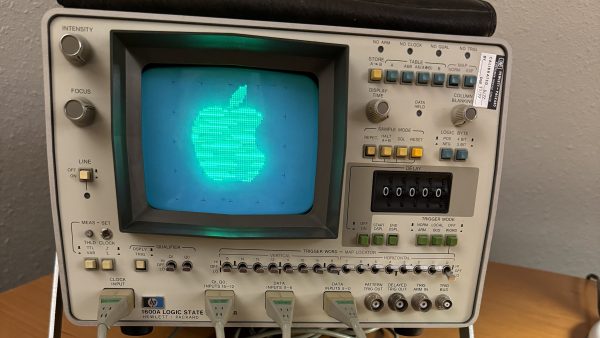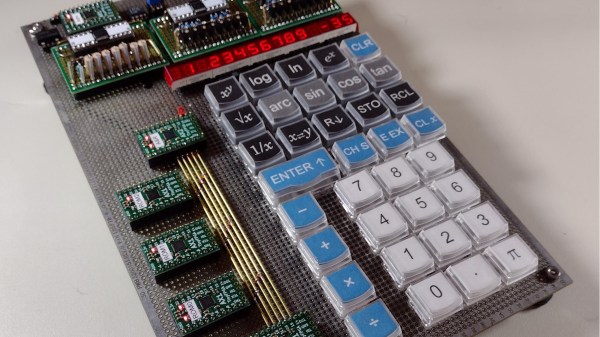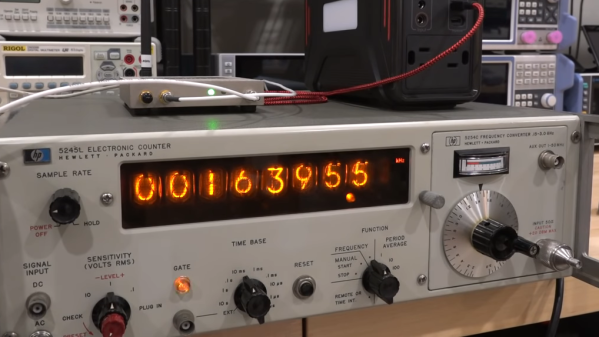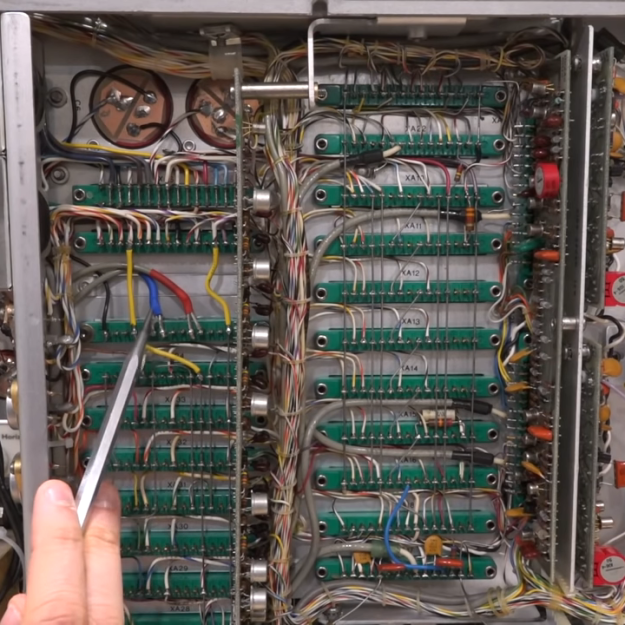The HP 115BR is not one of the most well-known products from Hewlett-Packard. And yet, it was remarkably important nonetheless. This hardware once synced time around the world. Now, for our 2025 One-Hertz Challenge, [curiousmarc] has taken on the job of restoring it.
The HP 115BR itself was not used alone, but in concert with the HP5060A atomic clock. The latter would output a 100 KHz reference output. It was the job of the HP 115BR to divide this frequency down to provide a superbly accurate 1-second tick.
The example on [curiousmarc]’s bench showed up in poor shape. It was “very broken,” and he reported that it had also previously been hacked to some degree. However, he has been able to restore it to proper functionality, including the special modification for continuous tick adjustment, as used in the 1964 flying atomic clock experiment. He was even able to sync it to NIST’s current atomic clock signal from Fort Collins using the WWW radio signal.
We’ve seen plenty of old HP metal restored over the years; it’s always pleasant to see how well things were built back in the day. Video after the break.
Continue reading “2025 One-Hertz Challenge: Fixing The Clock That Once Synced The World”



















